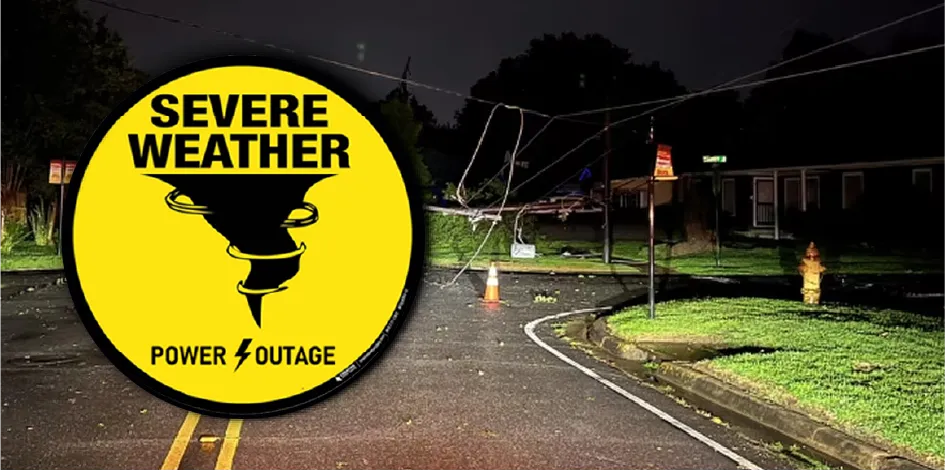- Category: Blog

OSHA spells it out pretty clearly: “Working on and around stairways and ladders is hazardous. Stairways and ladders are major sources of injuries and fatalities among construction workers. Many of the injuries are serious enough to require time off the job. OSHA rules apply to all stairways and ladders used in construction, alteration, repair, painting, decorating and demolition of worksites covered by OSHA’s construction safety and health standards.”
It doesn’t take a brain surgeon to know that by their very nature ladders are inherently dangerous, especially when used incorrectly. And as a result, OSHA has specific rules about using ladders and working near ladders, as well as how ladders should be designed.
In general, there are three categories of ladders used in the workplace:





